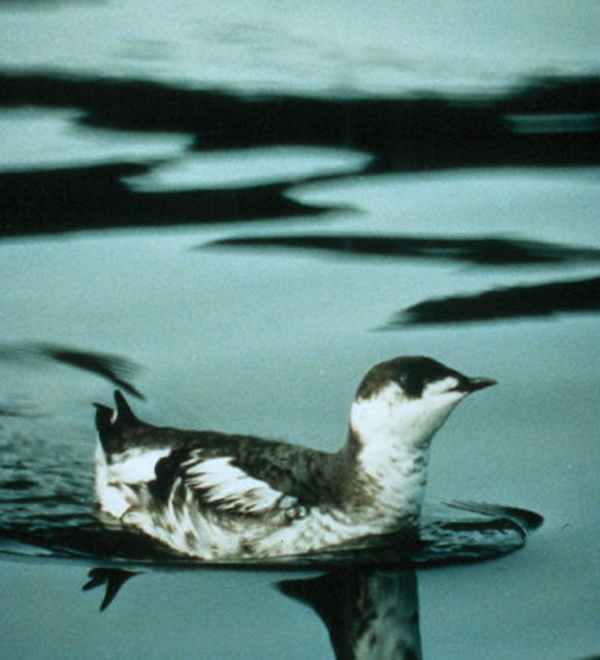Facts About Marbled murrelet
The marbled murrelet is a diminutive seabird native to the North Pacific, belonging to the auk family. This bird exhibits an uncommon nesting habit, preferring old-growth forests or the ground in higher latitudes where trees are unable to thrive. Fascinatingly, the marbled murrelet was one of the last North American birds to have its nesting behavior documented. Unfortunately, its population has significantly declined primarily due to logging activities by humans. Owing to its close association with old-growth forests, the marbled murrelet has become an emblem for forest conservation endeavors.
In terms of description, the marbled murrelet is a small bird with plumage that changes seasonally. Its diet comprises small fish and invertebrates, which it hunts both day and night at sea. A distinctive trait of this bird is its breeding behavior: unlike other members of the auk family, it nests in trees. It lays a single egg on a platform in old-growth conifers and incubates it for about a month before the chick fledges.
The bird's habitat and distribution range from Alaska to California, favoring coastal areas near saltwater. Its nesting sites are typically in mature or old-growth forests, marked by large trees with moss-covered limbs. For feeding, the marbled murrelet remains close to shore and inland saltwater areas and occasionally ventures into freshwater lakes. In winter, its habitats overlap with its nesting and foraging areas.
Predators such as Steller's jays and common ravens are known to prey on the marbled murrelet's eggs and chicks. The bird faces numerous threats including habitat loss from logging, elevated predation rates, and climate-induced changes in ocean conditions. Conservation efforts have led to the marbled murrelet being listed as threatened in certain regions, making it a symbol for the preservation of old-growth forests along the Pacific coast.

 Canada
Canada